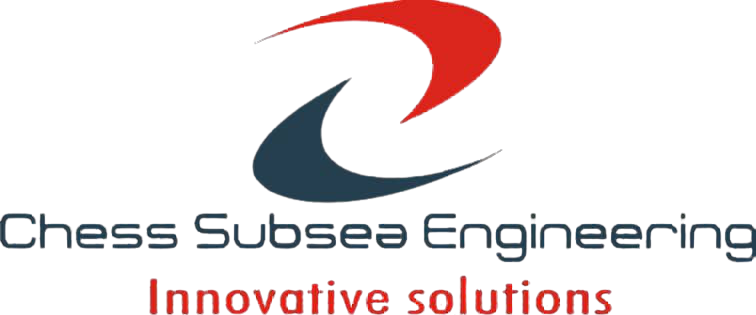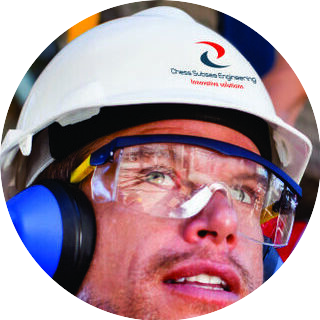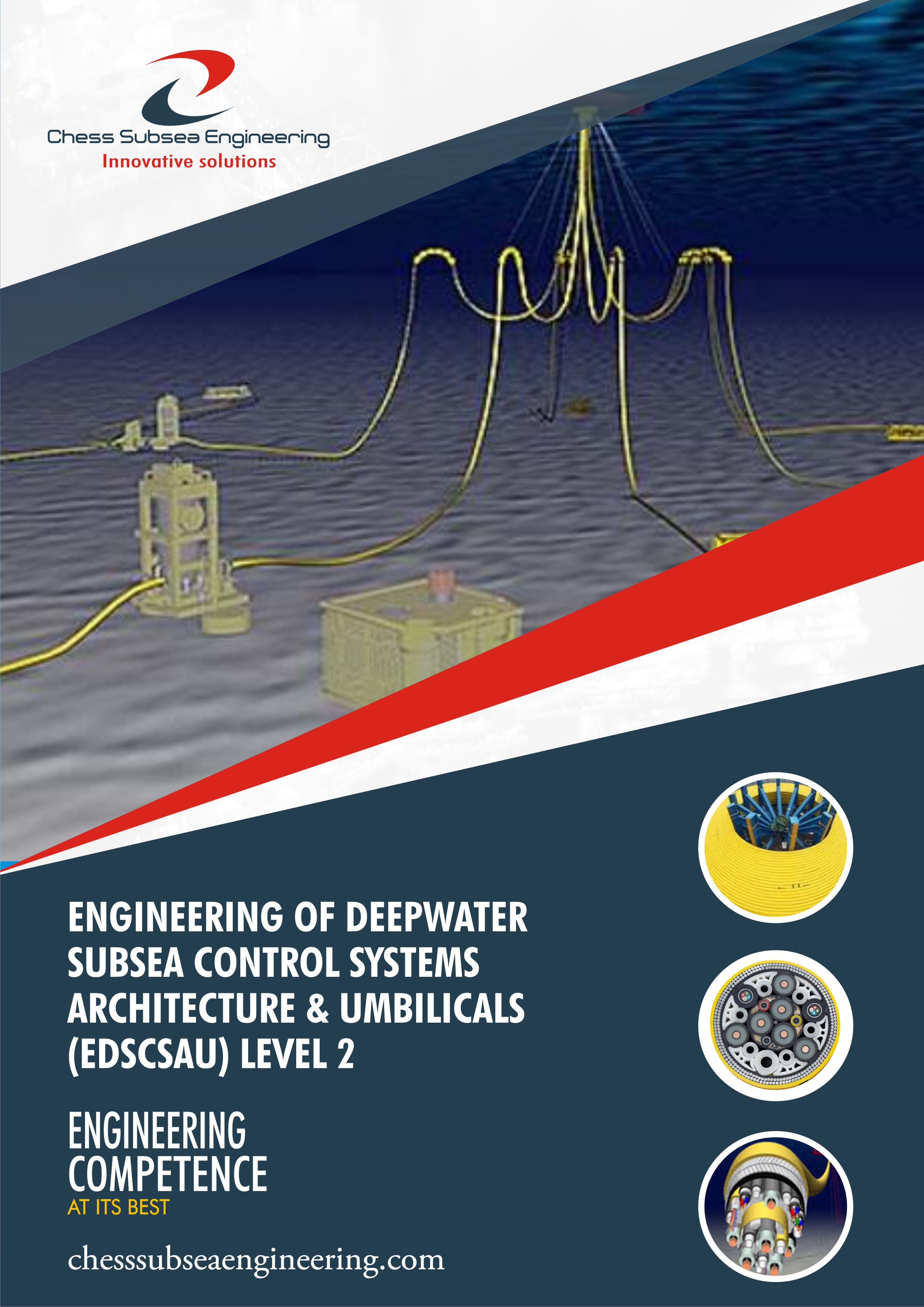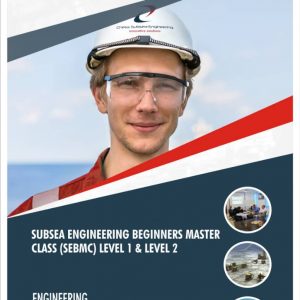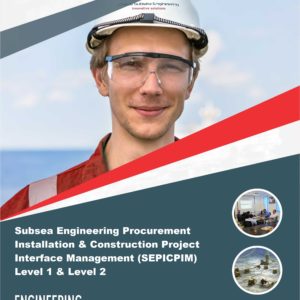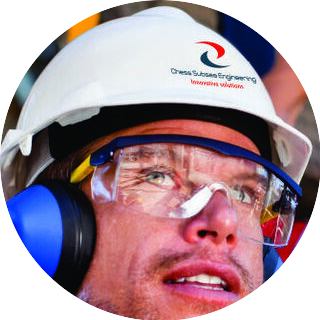Description
The Engineering of Deepwater Subsea Control Systems Architecture & Umbilical (EDSCSAU) course is designed to provide participants with a comprehensive understanding of the engineering principles and requirements for deepwater subsea control systems and umbilicals. The course is divided into two levels: Level 1 and Level 2, each addressing specific aspects of the engineering process.
Level 1 of the EDSCSAU course focuses on introducing participants to the fundamentals of deepwater subsea control systems and umbilicals. It covers the basic principles and components of these systems, including control modules, hydraulic and electrical power supply, communication systems, and the role of umbilicals in transmitting power, signals, and fluids. Participants will gain an understanding of the operational challenges and environmental considerations specific to deepwater applications.
Level 1 also provides an overview of the architectural design of deepwater subsea control systems. It includes topics such as system layout, topology, redundancy, and interfaces with other subsea components. Participants will learn about the selection criteria for different control system components and the integration of umbilicals with control modules and other equipment.
Level 2 of the EDSCSAU course delves deeper into the detailed engineering of deepwater subsea control systems and umbilicals. It focuses on the design and analysis of these systems to ensure reliability, safety, and operational efficiency. Participants will learn about advanced engineering concepts such as hydraulic and electrical power distribution, subsea control algorithms, system modeling, and simulation.
In Level 2, participants will also explore the design considerations for deepwater umbilicals, including their configuration, material selection, routing, and integration with other subsea infrastructure. The course will cover topics such as mechanical and thermal analysis, stress and fatigue calculations, and umbilical protection measures.
Engineering of Deepwater Subsea Control Systems Architecture & Umbilical (EDSCSAU) Level 1 & Level 2 covers Control Systems International Standards Why Subsea Control Systems, Topside & Subsea Components, Umbilical & Chemical Injection , Subsea Control Systems Selection Major Criteria, Components of Subsea Production Control System, Subsea Control Systems Evolution, Control System Operation – Opening of Production Master, Valve (PMV) on XT (Case Study), SCM Components, SCM Control Mode Description, Valve Actuation, Choke Operation and more
EDSCSAU Level 1 & Level 2 is designed to provide detailed knowledge of Engineering of Deepwater Subsea Control Systems Architecture & Umbilical and will assist those who are switching or enhancing there career in deep and ultra deepwaters subsea engineering.
Course Outlines
What is Control Systems
Control Systems International Standards
Why Subsea Control Systems
Topside & Subsea Components
Umbilical & Chemical Injection
Subsea Control Systems Selection Major Criteria
Components of Subsea Production Control System
Subsea Control Systems Evolution
Control System Operation – Opening of Production Master
Valve (PMV) on XT (Case Study)
SCM Components
SCM Control Mode Description
Valve Actuation
Choke Operation
Technical Support Sectional References
Ref 1: Overview of subsea control systems
Ref 2: Deepwater applications and challenges
Ref 3: Subsea control system architecture
Ref 4: Components of a subsea control system
Ref 5: Umbilical systems
Ref 6: Overview of subsea control modules
Ref 7: Functions of subsea control modules
Ref 8: Types of subsea control modules
Ref 9: Control module design principles
Ref 10: Overview of instrumentation and control systems
Ref 11: Sensor and actuator technology
Ref 12: Communication systems
Ref 13: Control system design principles
Ref 14: Overview of hydraulic and electrical power supplies
Ref 15: Hydraulic power systems
Ref 16: Electrical power systems
Ref 17: Power supply design principles
Ref 18: Overview of umbilical systems
Ref 19: Components of umbilical systems
Ref 20: Design considerations for umbilical systems
Ref 21: Installation and maintenance of umbilical systems
Ref 22: Overview of riser systems
Ref 23: Types of riser systems
Ref 24: Riser design considerations
Ref 25: Integration of subsea control systems
Ref 26: Testing and commissioning of subsea control systems
Ref 27: Operational aspects of subsea control systems
Ref 28: Case studies of subsea control system design and engineering
Ref 29: Emerging technologies and trends in subsea control systems
Ref 30: Future developments and challenges
Assessment
Participant underpinning knowledge of Deepwater Subsea Control Systems Architecture & Umbilical will be accessed with short answer multiple-choice questionnaire at the conclusion of the course.
Outcome
Participants will gain an in debt understanding of Deepwater Subsea Control Systems Architecture & Umbilical.They will also be able to function with minimum supervision as a Subsea Engineer for IOCs, subsea pipeline company contractor, vendor or installation company.
Professional Certificate
Issued directly by Chess Subsea Engineering Europe.
Participant may be presented for Offshore Petroleum Training Organization (OPITO) Certification.
How to Register
Click here to download registeration booklet on msword and email completed booklet to info@chesssubseaengineering.org directly.
